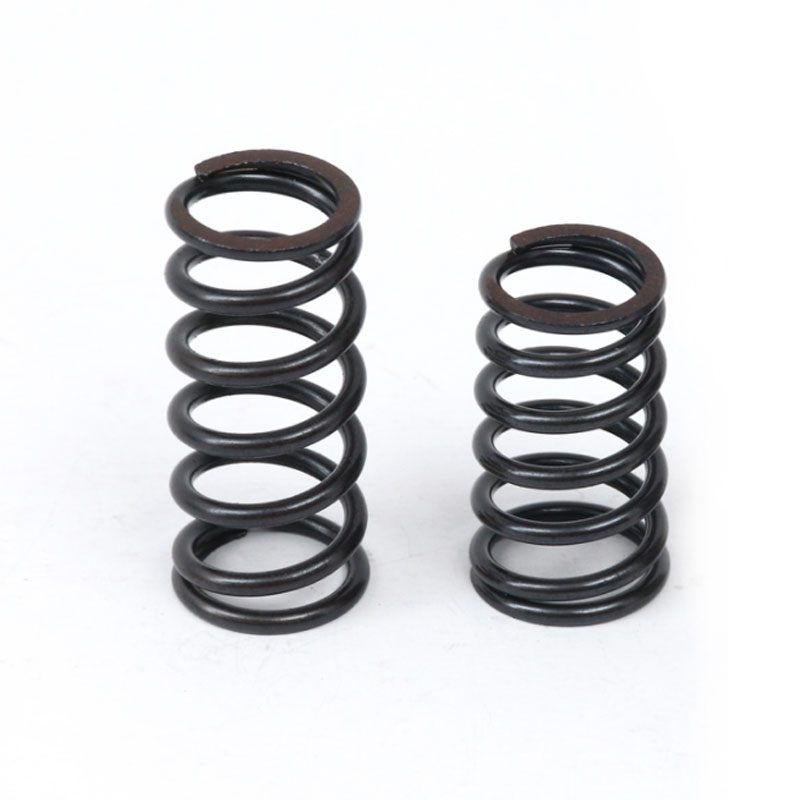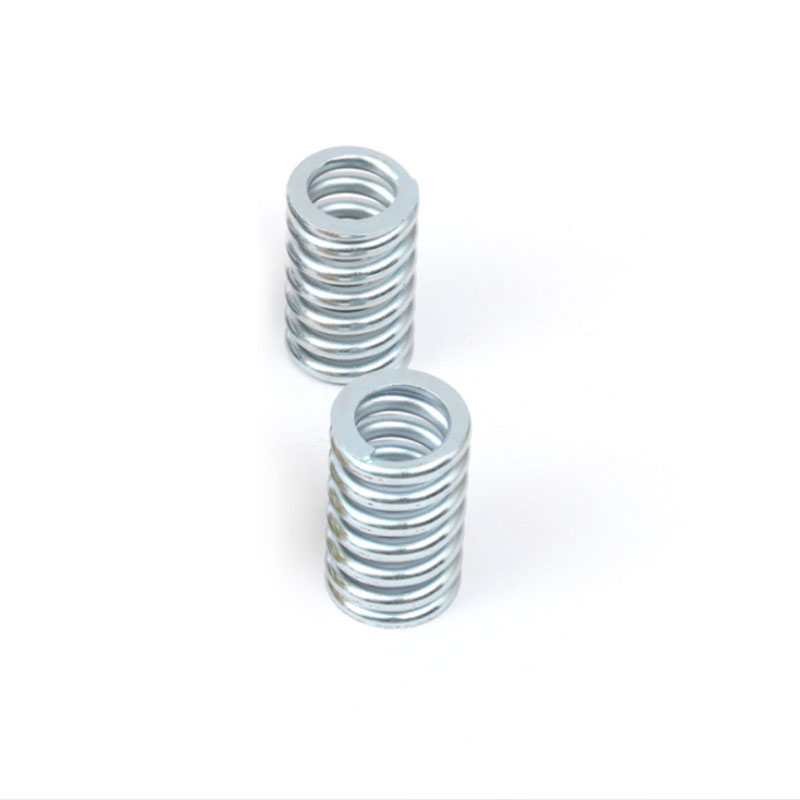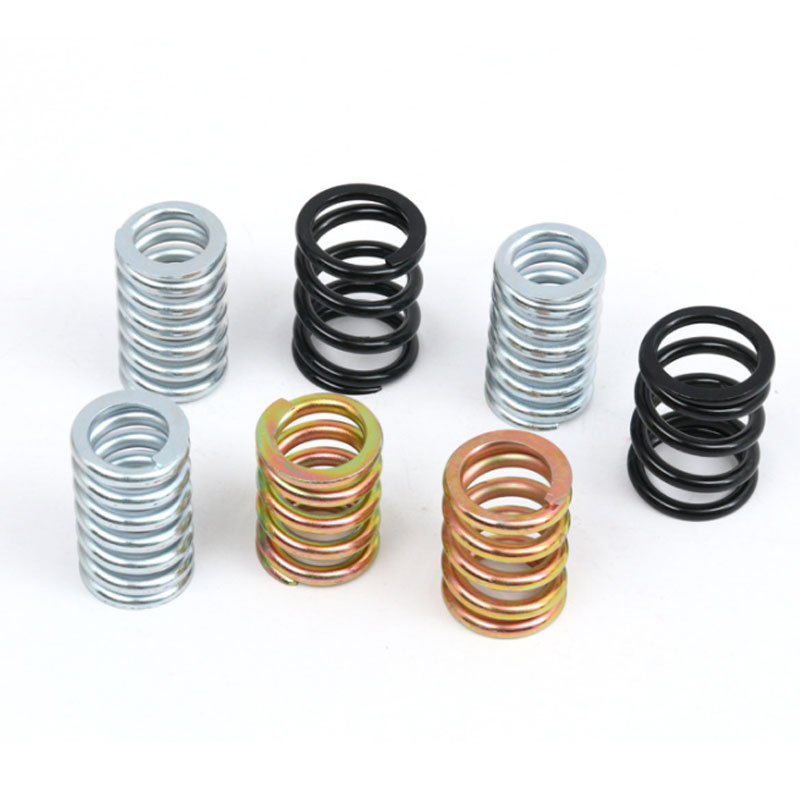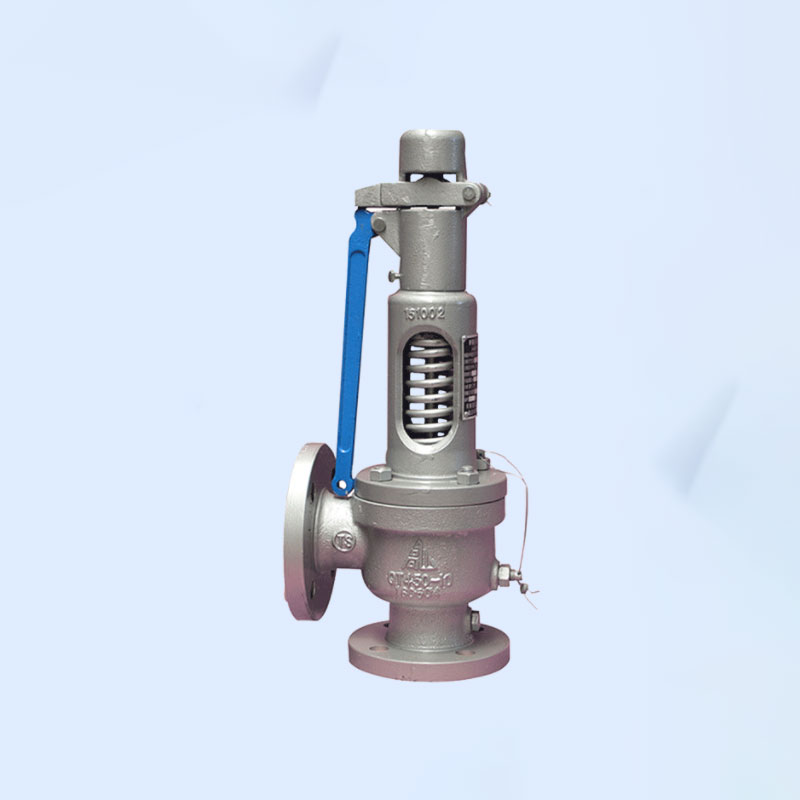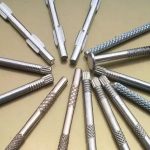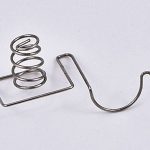- Spring outer diameter: Custom
- Spring inner diameter: Custom
- Free height: Custom
- Whether standard parts: non-standard parts
- Material: Custom
- Steel wire diameter: Custom
- Pitch: Custom
- Rotation: a variety of options
- Shape: Custom
- Compressive strength limit: Custom
- Surface treatment: on anti-rust oil
- Load: Custom
- Times of use: xxx
- Clamping height: xxx
OEM Special Non-Standard Pressure Relief Valve Spring
The pressure reducing valve is a type of fully automatic valve, which is a type of regulating valve. It is a throttle valve that uses the opening and closing parts to reduce the pressure of the inlet to a certain working pressure at the outlet, and can use the kinetic energy of the substance itself to maintain the working pressure at the outlet when the working pressure of the inlet and the total flow fluctuate. The valve remains unchanged.
According to the basic principle of operation, the pressure reducing valve can be divided into a direct acting pressure reducing valve and a pilot type pressure reducing valve. The direct-acting pressure reducing valve uses the fluctuation of the working pressure at the outlet to directly control the movement of the valve disc. The bellows can be directly acted as a pressure reducing valve, which is more suitable for the bottom pressure, the steam material with small medium caliber, and the composite membrane can be directly acted. The pilot type pressure reducing valve is composed of a pilot valve and a pressure valve. The fluctuation of the working pressure at the outlet uses the pilot valve to increase to control the movement of the pressure valve disc. Pilot-operated piston engine pressure reducing valves are more suitable for different working pressures, different specifications, and different warm steam, air and water substances. If it is made of stainless acid-resistant steel, it can be more suitable for different corrosive substances. Pilot-operated bellows type pressure reducing valve is more suitable for bottom pressure, small and medium-diameter steam, empty water and other substances. The pilot-operated composite diaphragm pressure reducing valve is more suitable for high pressure, bottom pressure, small and medium diameter steam or water and other substances.
The working pressure at the inlet and outlet of the pressure reducing valve is close to the same, and the working pressure at the outlet does not fluctuate with the automatic rotation adjustment of the variable pressure rocker. The causes and elimination methods related to the pressure reducing valve spring are as follows:
- The short damping coefficient hole or valve seat hole of the main valve core is blocked, and the automatic adjustment function is lost. The spring force of the pressure valve pushes the pressure valve to a larger opening degree, and it becomes direct and unobstructed. The working pressure at the inlet is equivalent to that at the outlet. work pressure. The damping coefficient hole can be blown through the φ1.0mm stainless steel wire or compressed air, and then rinsed and reassembled.
- For the J-type pressure reducing valve, the damping coefficient part with the damping coefficient hole is pressed into the valve core, and it may break due to insufficient interference in application. After breaking through, the working pressure of the oil inlet cavity and the oil outlet cavity are the same (without damping coefficient), and the total area of the front and rear of the valve core is the same, but there is a spring in the oil outlet cavity, so the main valve core is always in a large opening degree. The specific position makes the working pressure at the outlet equal to the working pressure at the inlet. At this time, it is necessary to produce and process the damping coefficient part with a slightly larger diameter and press it into the valve core again.
- JF type pressure reducing valve, the oil inlet is blocked with oil plug when it leaves the factory. When the oil plug is not screwed out and applied, the upper chamber (spring chamber) of the main valve core is trapped with oil, resulting in a large opening degree of the main valve core without releasing the pressure. J-type inline valve is the same. If the J-type plate valve is designed to assemble the plate without connecting the L port to the oil pool, this situation will also result.
- The long damping coefficient hole on the main valve core is blocked by dirt, the oil in the P2 cavity cannot be injected into the spring cavity of the pressure valve through the long damping coefficient hole e, and the response working pressure transmission of the oil outlet P2 is less than that of the pilot cone. On the valve, the pilot valve loses the buffering effect of the working pressure at the outlet of the pressure valve. After the damping coefficient hole is blocked, press valve P. The cavity loses the function of the oil pressure p3, so that the pressure valve becomes a straight-moving spool valve with a weak spring force (only the pressure valve balance spring), so when the working pressure of the oil outlet is very low, the balance spring can be eliminated. The interaction force of the pressure reducing valve makes the throttle valve port of the pressure reducing valve close by ymin, so that the working pressure p1 of the oil inlet is greatly reduced to p2 through the throttle valve port of ymin, so that the working pressure of the oil outlet cannot rise. The long damping coefficient hole should be made unobstructed.
- The pilot valve spring (variable pressure spring) is wrongly installed as a soft spring, or due to permanent deformation or fracture caused by spring fatigue, etc., the working pressure of p2 cannot be adjusted high, and it can only be adjusted to a low fixed value. This value is much smaller than the larger adjusted working pressure of the pressure reducing valve.
Fault analysis:
- Air is mixed into the oil.
- The damping coefficient hole is sometimes blocked.
- The roundness of the spool valve and the body of the valve body exceeds the specification, causing the valve to be stuck.
- The spring is deformed or stuck in the spool valve, making the spool valve difficult to move or the spring is too soft.
- The steel ball is not round, the steel ball and the valve seat are not well matched or the poppet valve is not assembled correctly.
Method of exclusion:
- Remove the air from the oil.
- Clean the damping coefficient hole.
- Repair valve hole and slide valve.
- Replace the spring.
- Replace the steel ball or disassemble the poppet valve for adjustment.
Advantages Of OEM Pressure Relief Valve Spring
- Be-Cu Spring is a hardware spring manufacturer integrating,design and production. With 16 years of rich experience, its products are widely used in various industries such as mechanical equipment and electrical switches.
- Be-Cu Spring has a professional engineering team, and the technical engineer team has an average industry experience of more than 10 years. It focuses on innovative development of green and environmentally friendly products, and is committed to high-quality product quality.
- Focusing on the research and development of the production customization of fatigue-resistant springs, using imported raw materials from Japan, and strictly controlling the low-temperature tempering time in the production process, the service life of springs has increased by more than 20% compared with the same industry.
- Be-Cu Spring has a strict inspection system. Quality inspectors measure various indicators of the product in each process. The yield rate is controlled above 99.8%, and it has obtained international ISO certification.
- The spring has undergone surface strengthening treatment to remove surface impurities, which can make the surface structure stronger, smoother, and rust-proof. The effect is better and the service life of the spring is prolonged.
- The maximum frequency is hundreds of times per minute, suitable for the matching use of high-quality mechanical molds, and can meet the requirements of different customers
Specifications Of Pressure Relief Valve Spring
| Structural Features | Cylindrical/Barrel/Open at both ends/Shrink at both ends/Conical/Hourglass/Closed at both ends/Both ends are ground/Fixed pitch/Variable pitch/Both ends are not ground |
| Wire Diameter Specification | 0. 08 ~ 8.0mm |
| Surface Treatment | Blackened/Galvanized/Nickel Plated/Shot Peening/Polishing/Dacromet/Anti-rust Oil/Electrolytic Polishing/Teflon Spray/Spray Paint |
| The Uses Of Metal Spring | Multipurpose |
| The Color Of Metal Spring | Customized |
| Lean Manufacturing Processes | Accurate Dynamometers and Projectors for Perfect Size |
| Various Materials | Various Materials To Meet Your Performance Requirements:Carbon Spring Wire SWC / Nickel-plated wire, galvanized wire / Piano wire SWPB / Copper wire, phosphor copper wire, beryllium copper wire / Stainless steel wire SUS301, SUS302, SUS304, SUS316, SUS631 /Square wire, flat wire, semi-circle wire / 65Mn _ / Alloy wire /82B / Other special specification steel wire /55CrSi (SWOSC-V) etc., |
| Firmly Packaged | Strong Packaging Is Not afraid of damage during transportation |

